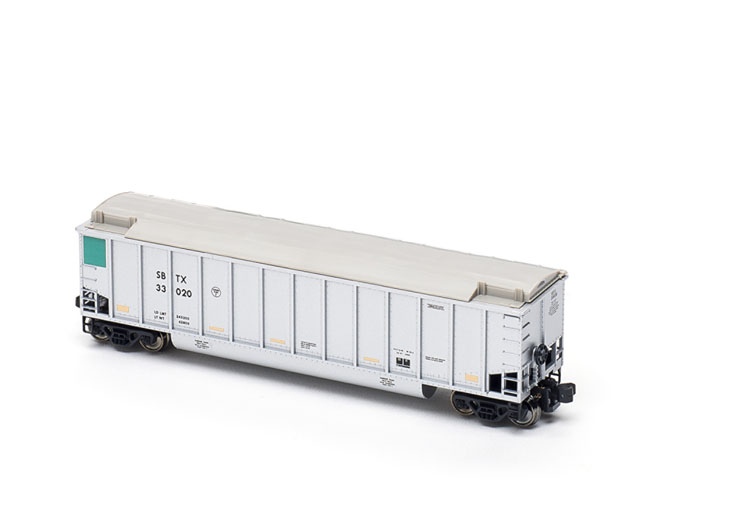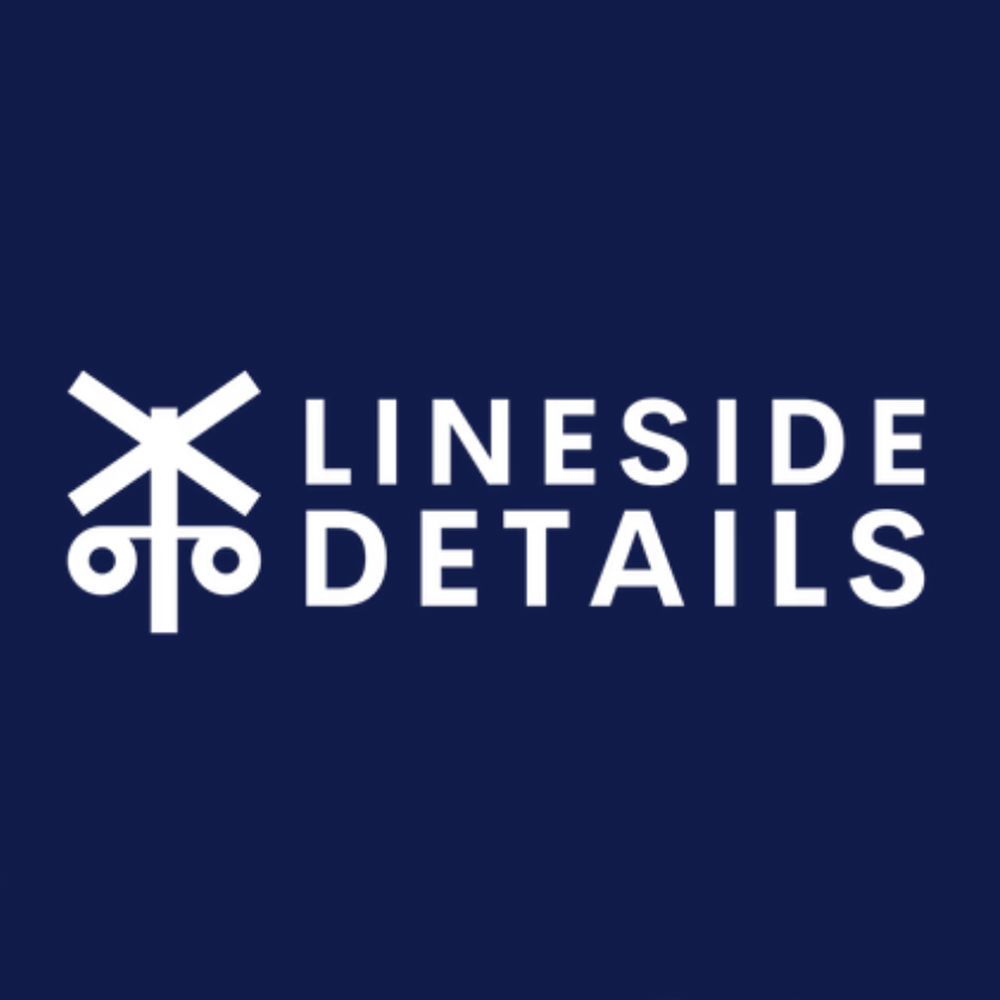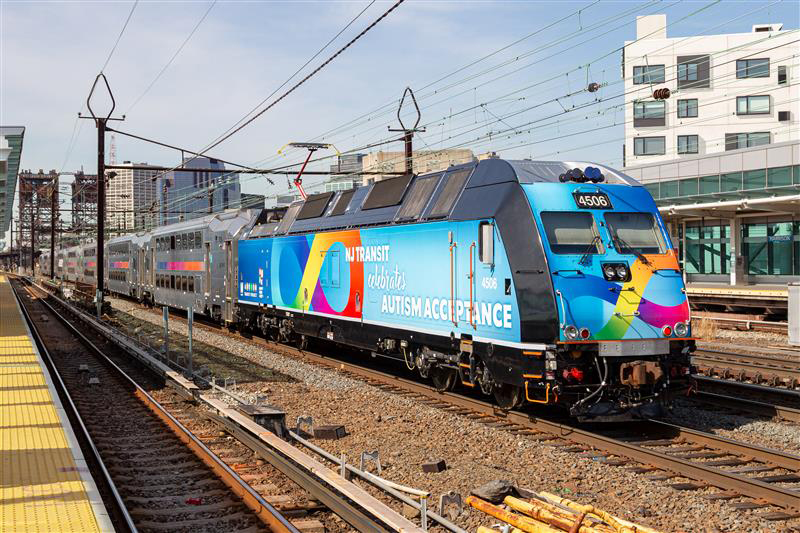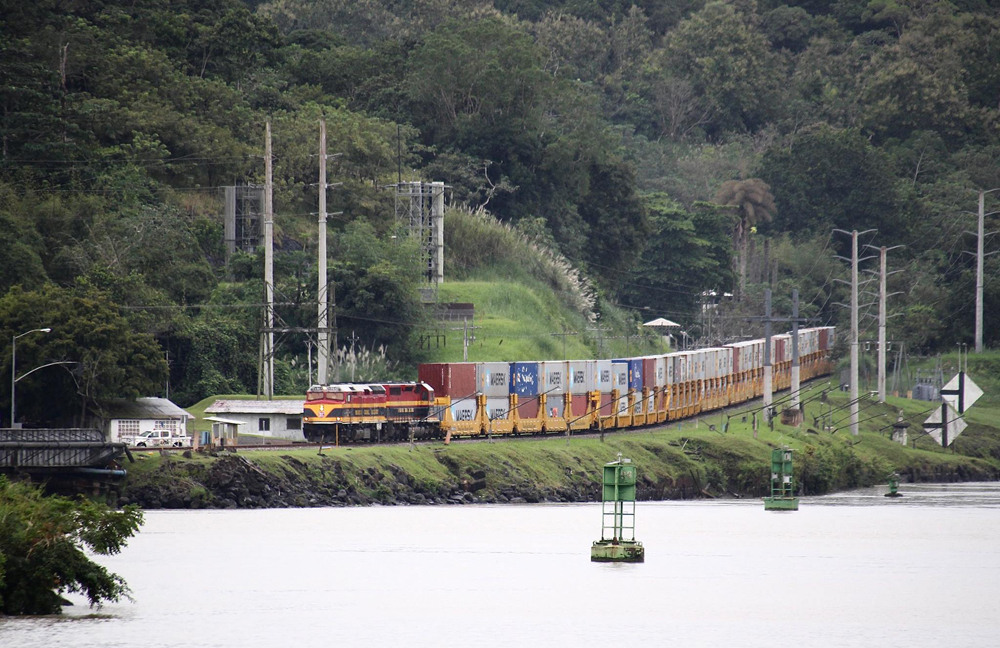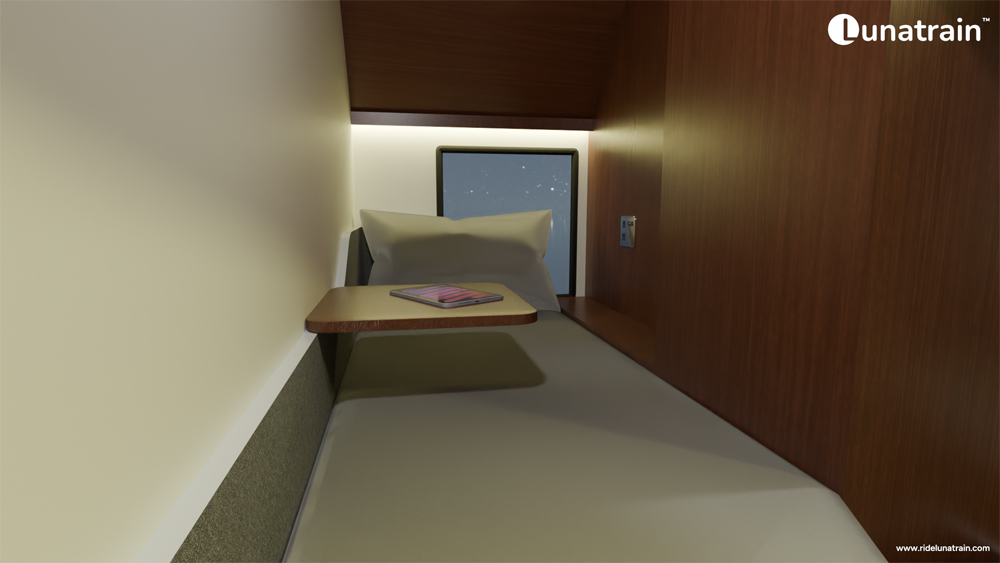Manufacturer
Kato USA Inc.
100 Remington Rd.
Schaumburg, IL 60173
www.katousa.com
Road names: Wells Fargo Rail Corp. (SBTX reporting marks) and Burlington Northern. Two eight-packs per name.
Era: April/May 2009 to present
Comments: Bring the modern era to your N scale layout with protein gondolas from Kato USA Inc. What are protein gondolas? They’re coal-style gondolas with a roll-up tarp used to transport wet corn gluten feed, called Sweet Bran by Cargill, from plants in the Midwest to distribution centers in Texas. These unit trains are handled by BNSF Ry., Canadian National, and Iowa Interstate.
The Kato model is based on the FreightCar America BethGon II coal gondola, which I reviewed in the May 2013 issue of Model Railroader. What makes this model different is the removable one-piece plastic cover. Kato’s tarp casting is molded in one color, but would look better with metal parts appropriately painted.
Our eight-pack features cars lettered Wells Fargo Rail Corp. The full-size cars, which have SBTX reporting marks, are numbered 33001 through 33245 and were built by FreightCar America in April and May 2009.
I compared models to prototype photos I found online. The lettering placement is accurate, though some small data was omitted. The model is lettered as having 4,400-cubic-foot capacity, but it should be 4,860.
The model’s dimensions follow data in the January 2018 Official Railway Equipment Register (R.E.R. Publishing Corp.) The interior width and length are a scale 6″ too short, which is typical of open cars.
The gondola weighs 1 ounce, which is correct per National Model Railroad Association Recommended Practice 20.1. The metal wheelsets are in gauge.
Since the cars are designed to run as a unit train, they feature rigid-jaw couplers, which are at the correct height. If the cars are operated on 11″ radius and smaller curves, the manufacturer recommends the locomotive be equipped with a long-shank coupler. I tested the eight-car train on our Salt Lake Route project layout. The gondolas ran well while being pulled and pushed.
Kudos to Kato for keeping with the times and offering equipment for a modern-era train. Though protein trains are only found on three railroads, they reflect the ever-changing traffic base on today’s railroads.





